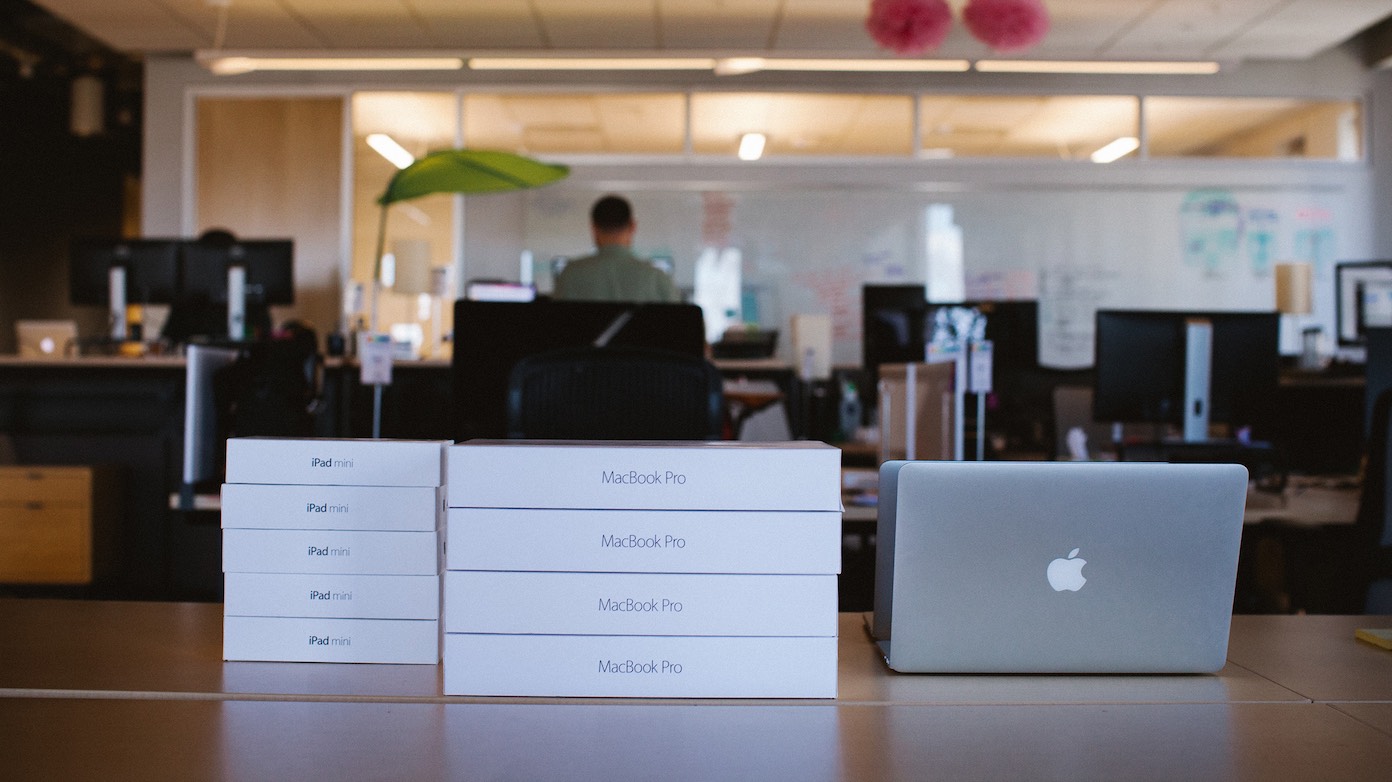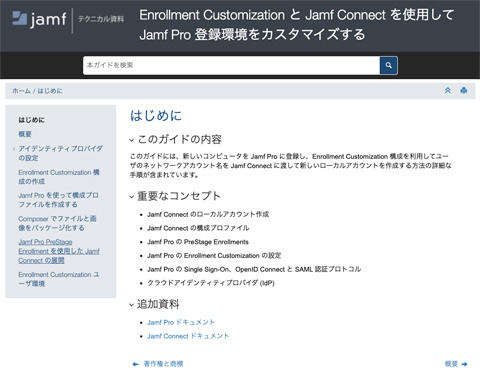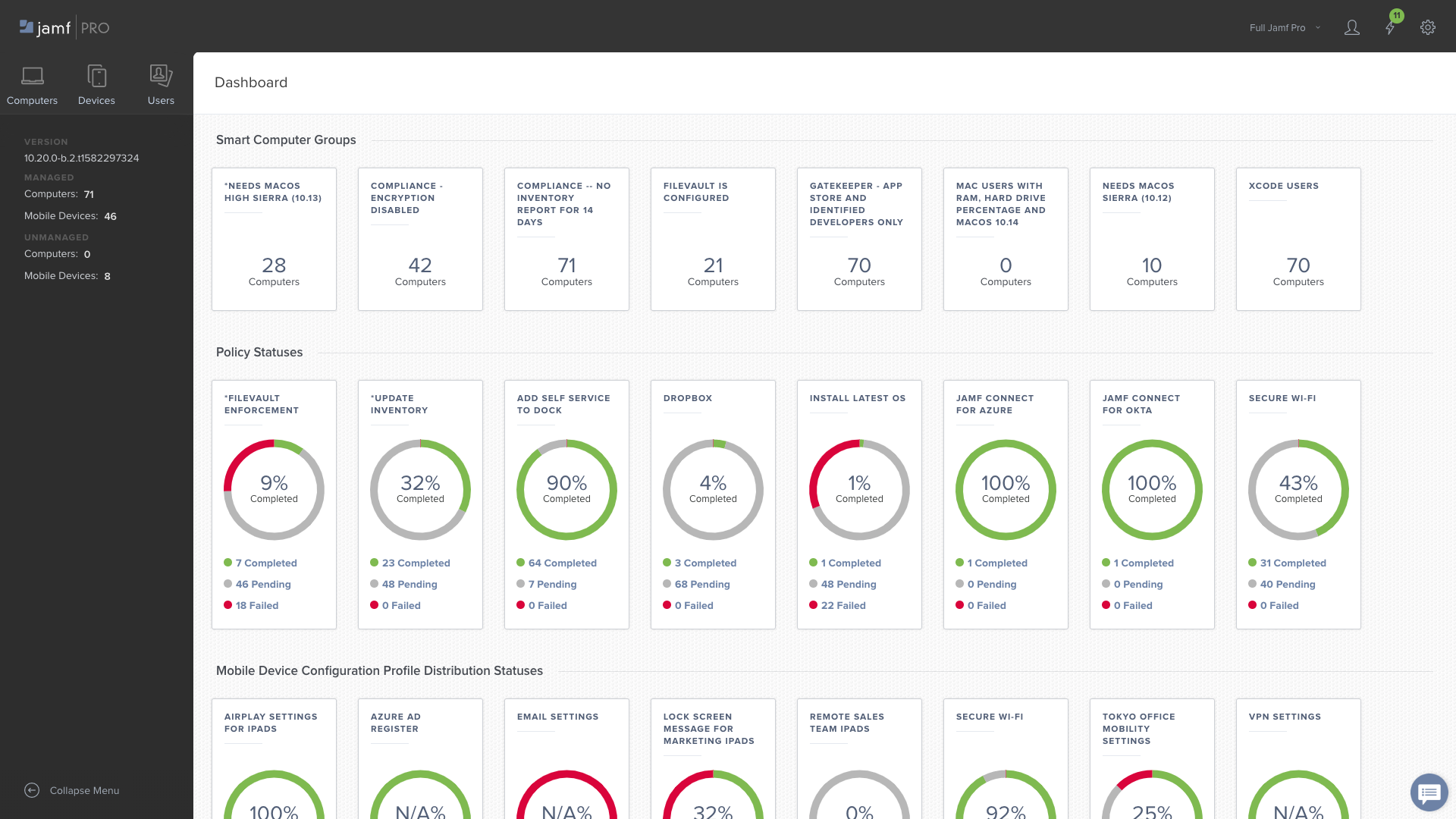

- Cannot connect to the jamf pro server manual#
- Cannot connect to the jamf pro server Patch#
- Cannot connect to the jamf pro server full#
- Cannot connect to the jamf pro server password#
- Cannot connect to the jamf pro server download#
I focused during this time on where I wanted to take the project, and what to do once those credits ran their course.
Cannot connect to the jamf pro server Patch#
I could see the trend and knew what to expect.Īs fortune would have it, the next two years of Community Patch would be funded by AWS through a combination of general use and open source credits I received. The beautiful thing about serverless apps is that consistent workflows scale linearly in price so I was never subject to sticker shock. Over time, with the kind of organic growth it has seen, Community Patch started costing more. Eventually usage went above those limits and the service cost a few dollars per month. I’m really quite proud of how this has grown, and of the value it gave to others.įor the first year of its existence, Community Patch operated entirely within AWS’s free tier. There are ~1,500 active feed subscriptions as of today. It was API driven with the hope to enable better automation, and that did eventually happen as Jamf admins began integrating patch feed updates into their AutoPkg workflows. The vision was to have a place where anyone can create and share patch definitions completely publicly. I launched Community Patch in April of 2018 where it has been serving Jamf admins for three years.
Cannot connect to the jamf pro server full#
It was more proof of concept than production ready service, but everything was there to transform it into a full blown resource for the Jamf community. An S3 bucket for the JSON definitions with an API Gateway to serve and manage them. I wrote the StupidSimplePatchServer that day. It started as a Slack conversation between myself and one of our developers where we identified the need to have a “stupid simple patch server” to allow people to get a cloud hosted external source running without having to do a lot of the upfront work. Community Patch was my first real serverless application. If [[ $(/usr/bin/sw_vers -productVersion | awk -F.
Cannot connect to the jamf pro server password#
# Use user account's username and password credentials with Basic Authorization to request a bearer token. # This function uses Basic Authentication to get a new bearer token for API authentication. # If you're on Jamf Pro 10.35.0 or later, which does support using Bearer Tokens # for Classic API authentication, set the NoBearerToken variable to the following value # If you're on Jamf Pro 10.34.2 or earlier, which doesn't support using Bearer Tokens

# Self Service policies and generates a report with information about those # This script uses the Jamf Pro Classic API to detect Jamf Pro policies are The report generated by script should appear similar to what is shown below:
Cannot connect to the jamf pro server download#
Uses the Jamf Pro Classic API to download all information about matching Self Service policies.Checks which policies are Self Service policies.Uses the Jamf Pro Classic API to download the Jamf Pro IDs of all computer policies.To store the account password in the plist file:ĭefaults write -info jamfpro_password account_password_goes_here To store the account username in the plist file:ĭefaults write -info jamfpro_user account_username_goes_here To store the Jamf Pro URL in the plist file:ĭefaults write -info jamfpro_url The plist file can be created by running the following commands and substituting your own values where appropriate:
Cannot connect to the jamf pro server manual#
If setting up a specific Jamf Pro user account for this purpose with limited rights, here are the required API privileges for the account on the Jamf Pro server:įor authentication, the script can accept manual input or values stored in a ~/Library/Preferences/ file.

tsv format.įor more details, please see below the jump. To assist with this task, I’ve written a script which uses the Jamf Pro Classic API to search through the policy records and generate a report in. Every so often, it may be necessary to generate a report from Jamf Pro of which policies are available in Self Service.


 0 kommentar(er)
0 kommentar(er)
